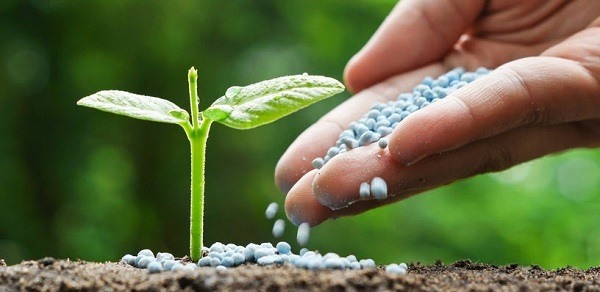
If you are buying liquid fertilizer, there are many types on the market. Follow package directions for dilution rates and the amount of fertilizer to use on each container. Just dissolve them in water and pour the liquid into the container for a nutritional boost. Water-soluble ones deliver nutrients directly to plant roots and are easy to apply. …as your plants grow.Īpply a water-soluble (liquid) fertilizer to supplement the slow-release fertilizer. The alfalfa also contains a hormone, triacontanol, which promotes plant growth. Cotton seed meal, feather meal, and alfalfa pellets are other slow-release, organic choices. Fish meal pellets are formulated similarly to synthetic fertilizers. Slow-release food is also available in organic form. Check the label on any product you buy for this information. Most brands feed plants for at least 60 days, but some supply a steady stream of nutrients for up to 120 days. When you are starting your containers, incorporate fertilizer pellets into your potting mix. (If the potting mix contains fertilizer, skip this step.) You want “slow-release” fertilizer pellets that are coated with a polymer that lets them dissolve at varied rates the thicker the coating, the long it takes for the fertilizer in pellets to be released into the potting mix. …when you are filling your containers with potting mix.

Now I use this three-step fertilizer program, and my container gardens flourish.

Diluted with water, they provide a shot of extra nutrients that ensures plants continue to grow well and be productive. But even that won’t be enough for some container plants, especially tomatoes and other big feeders! A regular liquid feed is best. You can buy liquid fertilizers or make your own. Sure, you can sprinkle in some fertilizer pellets, as you might do with vegetables grown in the ground. Homemade Fertilizer Tea from Plants, Weeds, and Grass


 0 kommentar(er)
0 kommentar(er)
